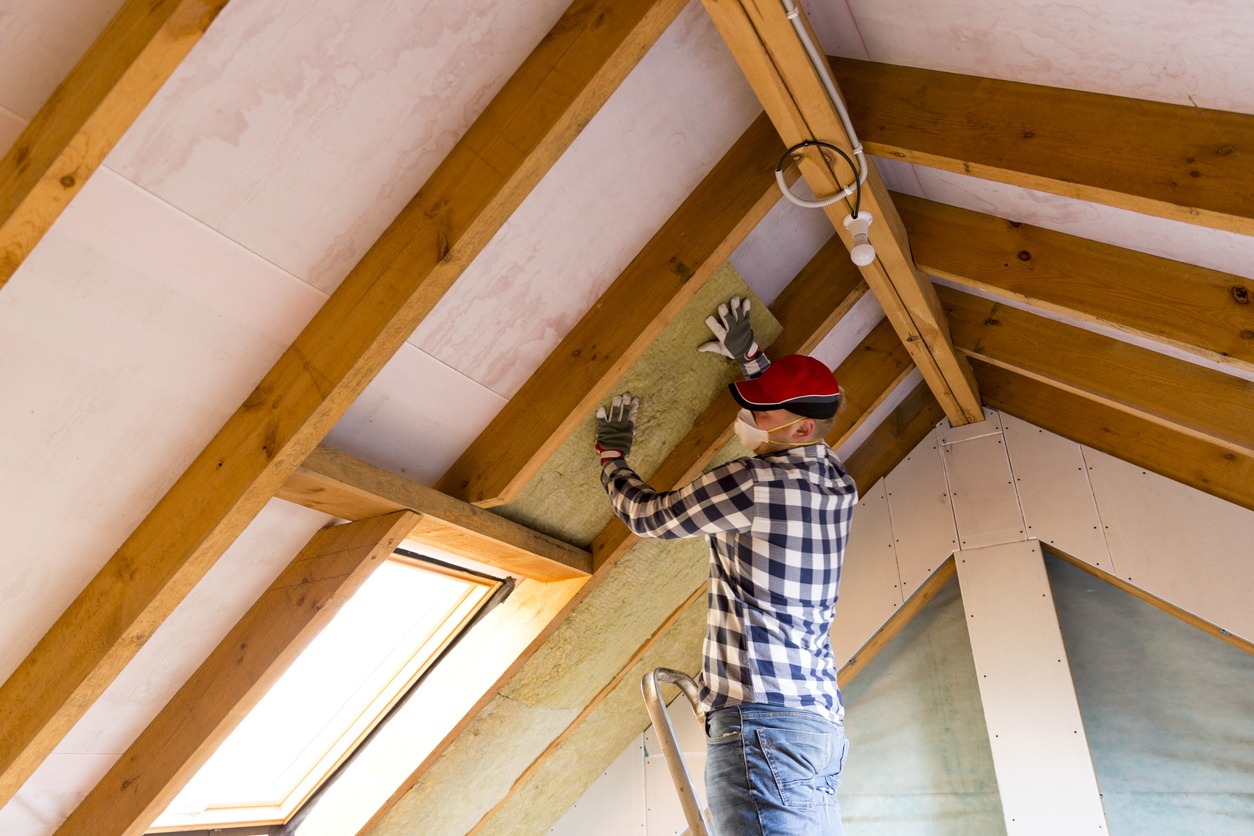Thinking of having new insulation installed in your home? Even if you are going to DIY your home insulation, there are things you ought to know before you begin.
Houses are temperamental old beasts. If you do not perform the correct levels of maintenance, they can slowly rot away from the inside out. Insulation is a splendid example of this. We say that it saves you on utility bills because it traps heat. However, it has a dark side, too. If you don’t remove old, rotten insulation, that rot will slowly spread to the rest of the property. When was the last time you checked your attic insulation? Homes are temperamental indeed. Ask a professional if you need to learn more about asbestos removal bay area.
The 8 Things to Know About Insulation in Your House
Here are 8 things you probably never thought about before regarding your house’s insulation. Also, make sure to contact the experts in Lancaster spray foam insulation to experience professional spray foam insulation service for an affordable price.
1. There are 7+ insulation materials
Buying house insulation isn’t just as straightforward as you might think. There are many distinct types of it. You can get a cellulose filling or a loose filling made from fiberglass and mixed minerals. You can use fiberglass batts to insulate your home, or you can opt for sustainable materials such as recycled cotton, wool, cork, and in some cases, concrete. There are both hard and soft foams, and now you get spray foam, too. Spray foam expands in the space.
2. You can’t fit all types of insulation yourself
Alas, if you want to DIY your insulation, then that significantly reduces your options in the type of insulation materials. Fiberglass batts – that’s, rolls of layered molten glass secreted in fine hairs – are easiest to install. Other natural materials are also easy to DIY, but fiberglass can reduce your utility bills the most. However, if it involves mixing chemicals as the spray foam does, then you need to pay a professional to do it for you.
3. Good insulation saves you money
Without doing anything other than installing fiberglass insulation, you could reduce your utility bills by as much as 25%. That’s a year-on-year saving too. Insulation pays for itself after your first few bills.
4. Insulation has an R-value
The Department of Energy assigns an R-value to several types of insulation. The higher the R-value number, the better the insulation will work. Each type of insulation has a different R-value based on how thick the depth of the material is. Fiberglass has an R-value of 13 at 12 inches thick. The best insulation you can get is Polyisocyanurate, which gives 6.5 for a single inch. These are foam boards.
5. Fiberglass is the cheapest, and spray foam is the most expensive
While you can install fiberglass sheets to a minimum of 3.5 inches of thickness for 2 cents a square foot: expanding spray foam costs 25 cents a square foot. It will only be one inch thick and carry an R-value of 12.6. You can read the other estimates courtesy of the Department of Energy.
6. Insulation works by slowing the conductivity of heat
Scientifically speaking, insulation works by slowing down the process of heat transference. When you heat your home, that heat rises and tries to leave the building through draughty areas. Good insulation provides resistance to this, keeping your home warmer for longer. It works the opposite way, too. It provides resistance to cooled air trying to escape. Thus insulation keeps you warm in winter and cools in summer.
7. Your air con won’t work so hard
As a result of the above slowing of conductivity, your air conditioning unit and furnace do not need to work so hard. This is how you save money on your utility bills using insulation.
8. America hasn’t totally banned asbestos yet
While many states followed each other’s lead and outright banned asbestos back in the nineties, not all states have. Asbestos-containing building materials may still be in use in some of these states. The EPA banned ‘most’ asbestos materials in 1989. However, the USA is one of a handful of countries worldwide that has yet to outright ban this potentially lethal material.

